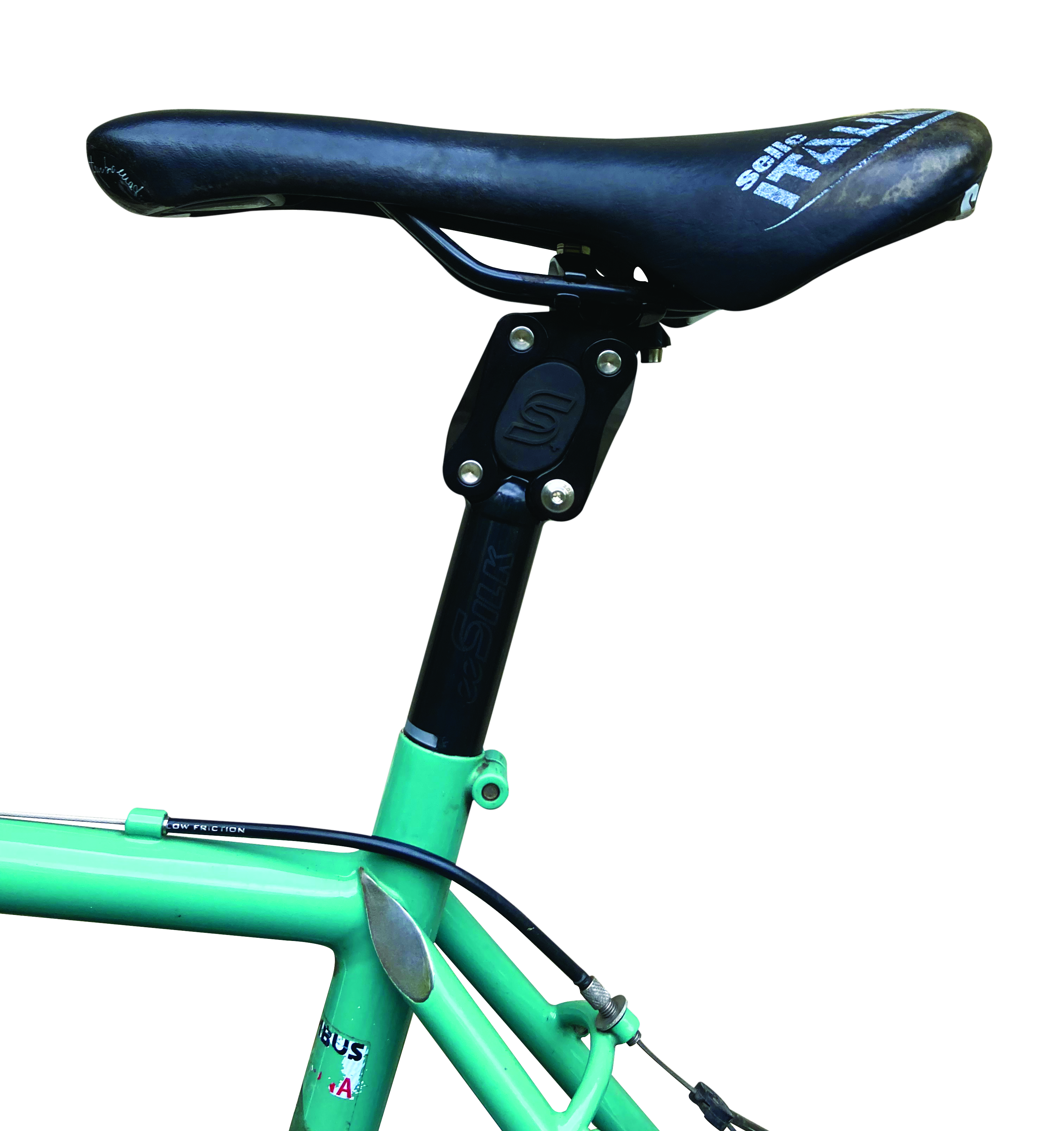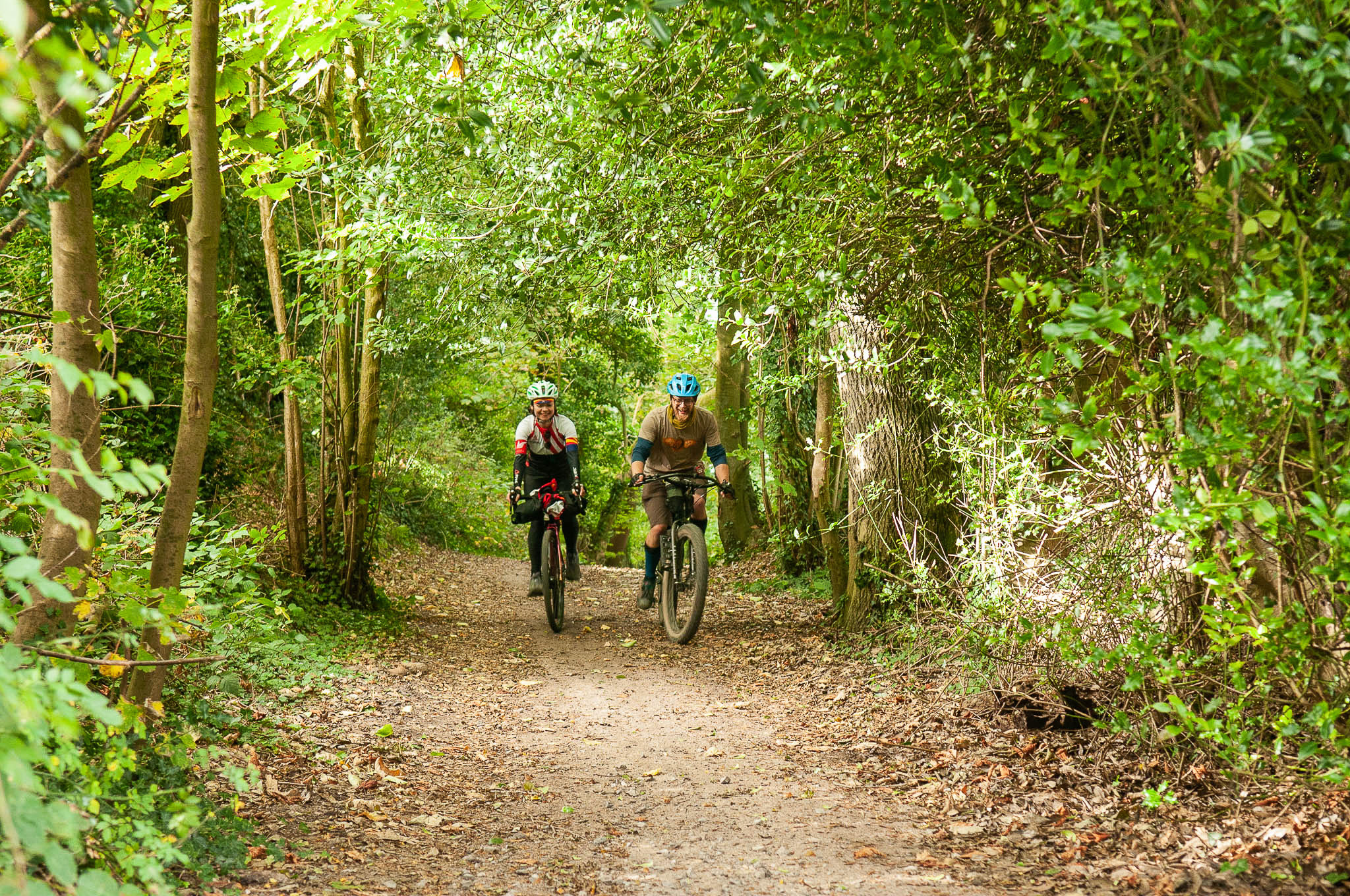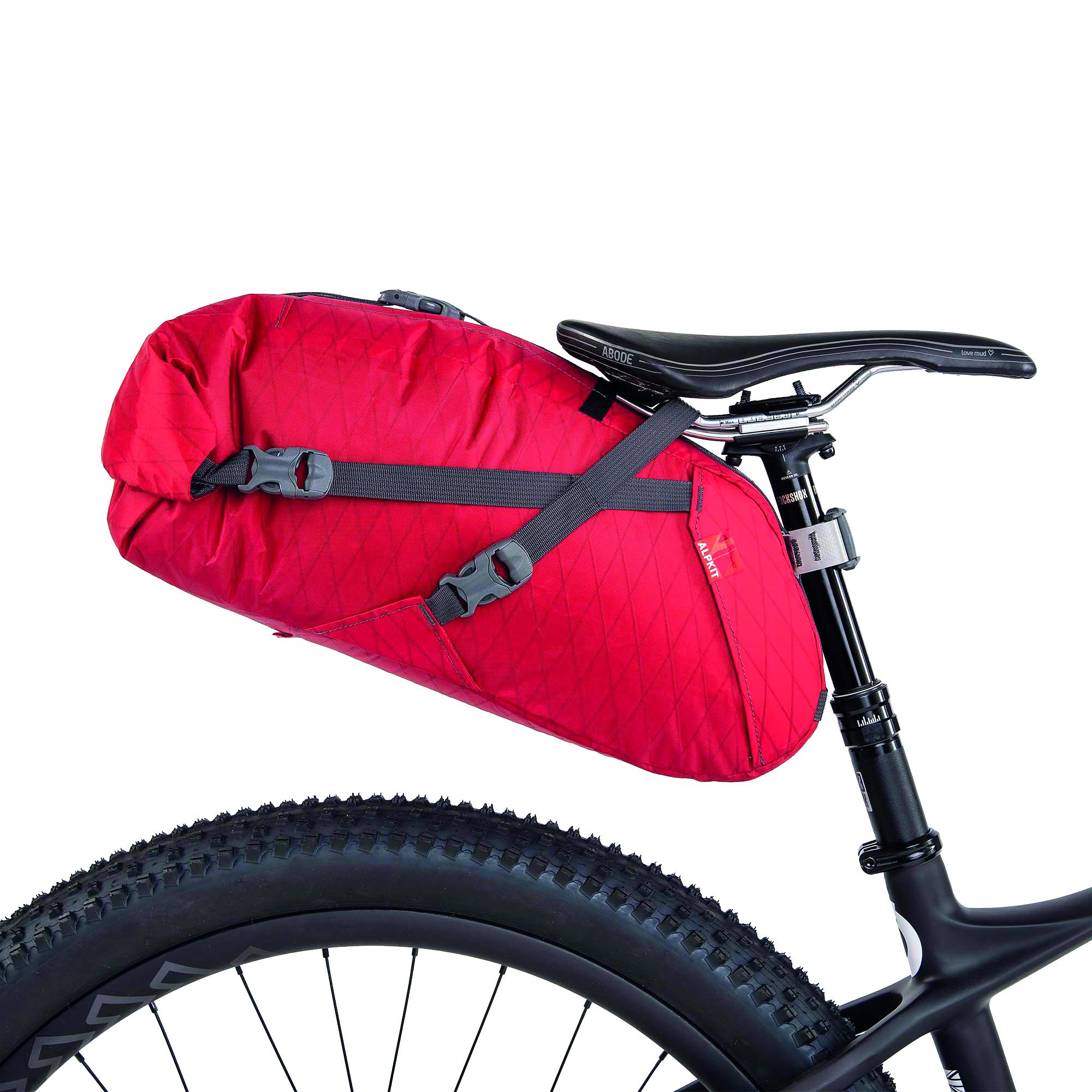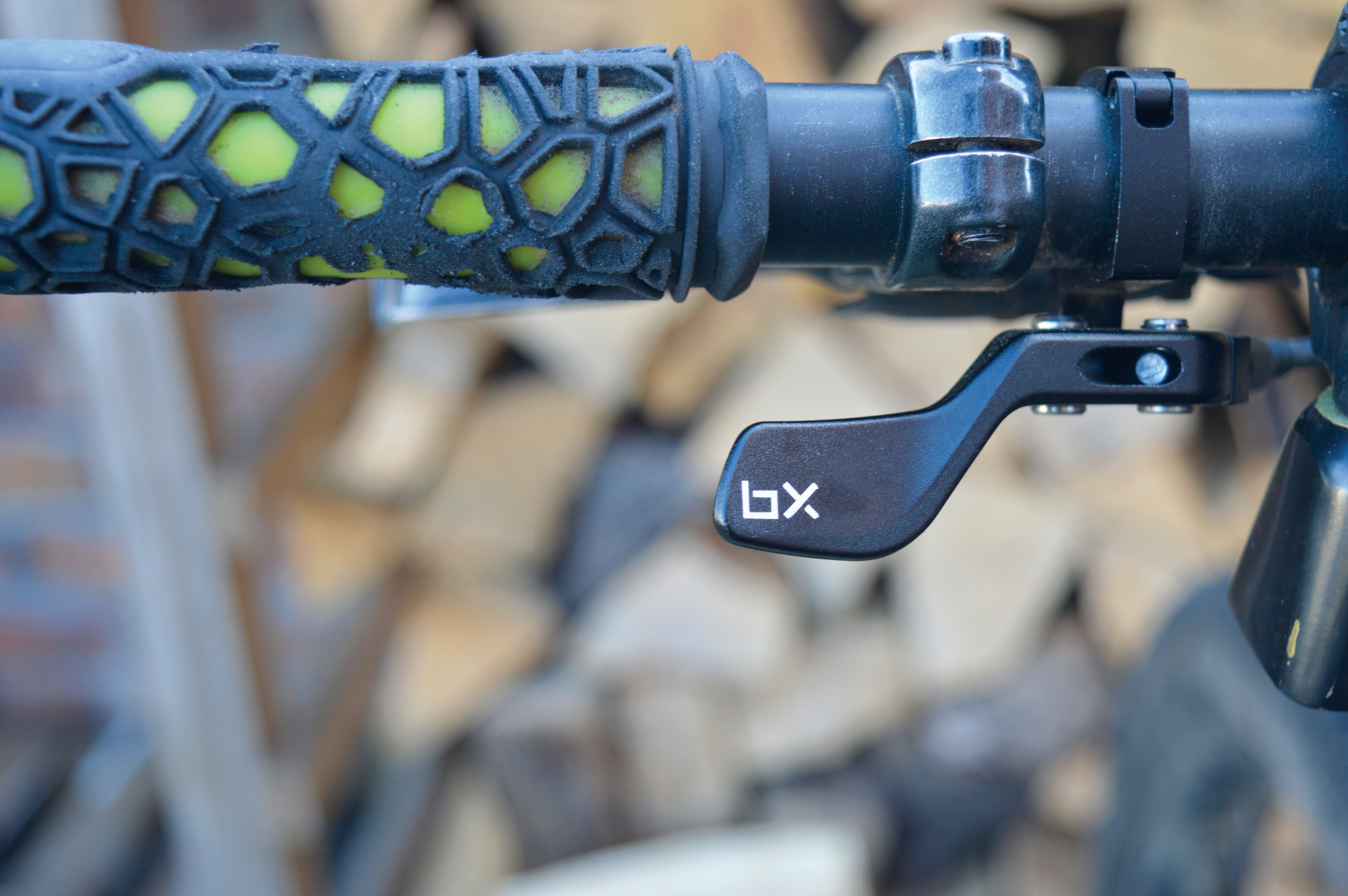Group test: Dropper seatposts
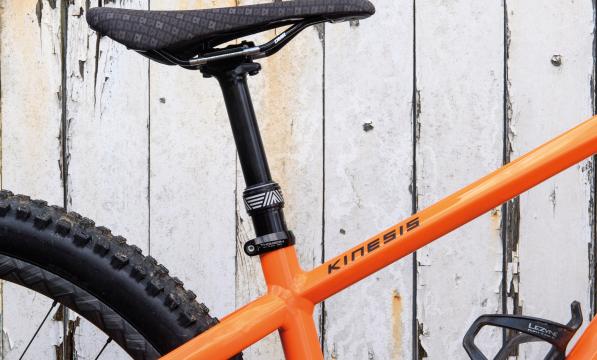
Dropper posts are primarily for getting the saddle out of the way on off-road descents so you can ride technical terrain more easily. However, being able to drop your saddle also makes a huge difference to the ease of mounting and dismounting the bike.
All droppers are heavier than a standard post. Most riders who use one think that is a small price to pay. While dropper levers are usually designed for flat-bar MTB use, you can get drop-bar levers.
In terms of maintenance, try to keep the post clean. Protect it with a mudguard if you can. Many dropper problems are caused by the cable so change it regularly.
Droppers have been around for a good few years now, and are considerably more reliable than they were even five years ago. Most will nevertheless fail at some point. Many can be serviced, some by the home mechanic. For others, the cost of a service can be almost as much as a new post.
1 Rockshox Reverb Stealth C1
£416. Available from SRAM.

Reverbs have been around for a long time. This latest offering includes a shorter post length, so it should fit into more frames. It also includes a vent valve to help with servicing. This is the only hydraulic post in the test and it’s the messiest to fit; a bleed kit is included.
In action it has a good, smooth feel, and return speed can be easily adjusted. Only time will tell if Rockshox has cured the high failure rate of earlier Reverbs.
Diameter: 30.9, 31.6, 34.9mm. Travel: 100, 125, 150, 175, 200mm.
Verdict: Smooth, hydraulic post with a chequered past for reliability.
2 XFusion Manic 150
£220. Available from XFusion.

This only comes as an internally routed post and is only available with a 1× lever. The cable is routed from the bar, which makes fitting the post more fiddly.
In use the Manic 150 has a good solid feel to it, and it moves smoothly. The lever also has a good feel, and because it is on a ball socket is easy to adjust to precisely where you want it to be – a nice touch.
Service kits and new cartridges are (in normal circumstances) available for long-term maintenance.
Diameter: 30.9, 31.6, 34.9mm. Travel: 150mm.
Verdict: Works well, feels solid, with an easily adjustable lever.
3 PNW Rainier Gen 3
£131.69 plus lever. Available from PNW Components.

You’ll need to add a lever when you buy this post, unless you have one already. I tested it with PNW’s 1× Loam lever (£50). The post has an unusual feature: an adjuster under the collar provides up to 30mm travel adjustment.
The Rainier Gen 3 has a good solid feel in use, more so than the Brand X, and the Loam lever works well. Post and lever are straightforward to fit. Big thumbs up for a 3mm bolt instead of a tiny grub screw!
Diameter: 30.9, 31.6mm. Travel: 125, 150, 170, 200mm.
Verdict: Works fine and is exceptionally easy to fit to the bike.
4 Brand X Ascend II
£140. Available from Hotlines.

Brand-X is effectively Chain Reaction’s house brand so, as you’d expect, the Ascend II is competitively priced. Being externally routed, it’s easy to fit. It comes with a 1× or a 2× lever, and in a wide range of sizes and drop lengths. I tested the 125mm.
The post is actuated from the collar, which keeps the cable out of the way neatly. All droppers have some lateral movement but this post seemed to have more than most. It still goes up and down fine.
Diameter: 27.2, 30.9, 31.6mm. Travel: 105, 125, 150mm.
Verdict: A basic yet functional dropper at a very good price.
Overall verdict
The cheapest post here, the Brand X Ascend II, also felt the least sturdy but it’s nevertheless a functional and (for droppers) an inexpensive option.
Reverbs are expensive and, from my experience with them as a mechanic, still feel like a gamble. When they work, they do feel lovely.
The XFusion and the PNW are comparable in terms of solidity and smoothness but I far preferred the ease of fitting of the PNW over the XFusion. Running the cable from the post to the lever makes more sense and makes fitting much easier. PNW also deserve extra points for the well-designed Loam lever.


